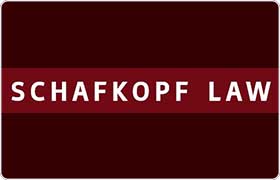 Cedar Grove Collection Lawyers, New Jersey
Cedar Grove Collection Lawyers, New Jersey
Sponsored Law Firm
-
 x
x

Click For More Info:
-
Schafkopf Law LLC
11 Bala Ave Bala Cynwyd, PA 19004» view mapBankruptcy & Debt We Are Here To Help You
Gary Schafkopf is a practicing lawyer in the states of Pennsylvania and New Jersey who focuses on cases in Bankruptcy & Debt, Employment, and Real Estate.
800-970-4781
Warning! No lawyers found in this specified area.
Lawyers
1-0 of 0 matches



 Gary Schafkopf Bala Cynwyd, PA
Gary Schafkopf Bala Cynwyd, PA